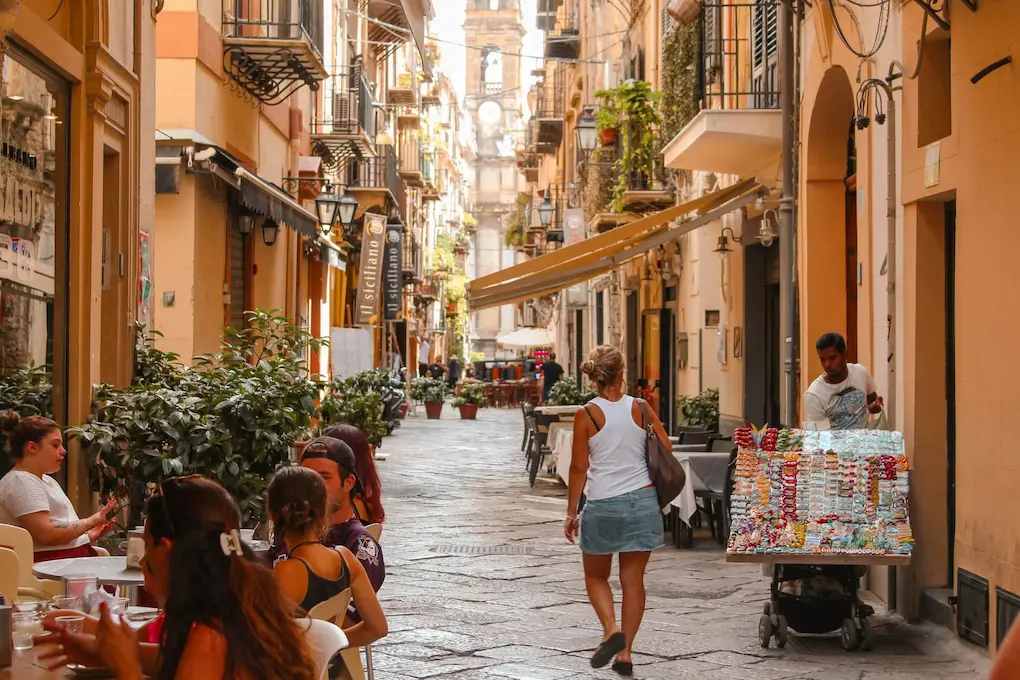
Italian slang shows how people really speak in everyday life—on the streets, online, and among friends
When you think of the Italian language, Italy is likely the first place that comes to mind. However, Italian is spoken in several other countries around the world
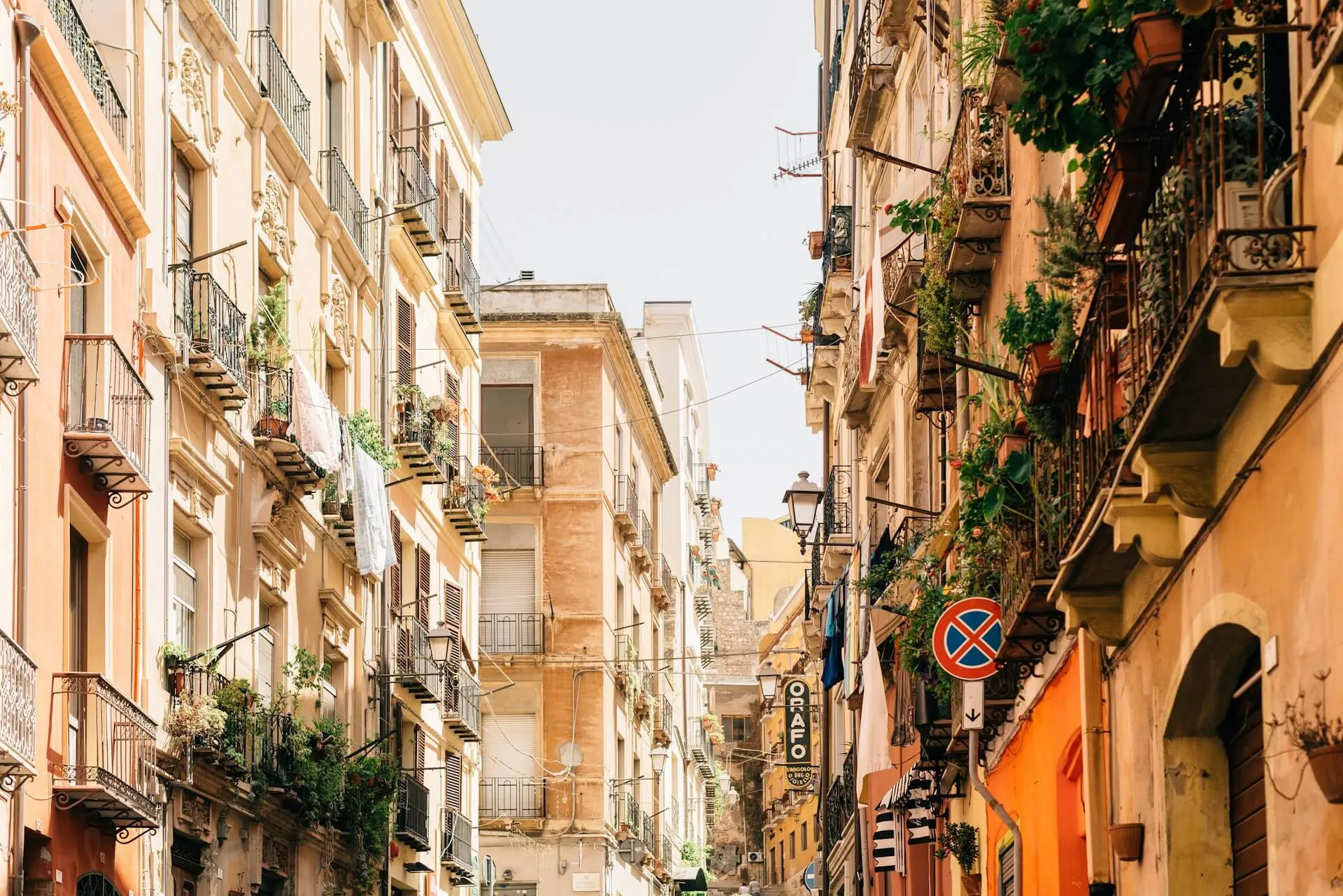
Let’s take a closer look at the nations where Italian is either an official language or widely spoken.
Naturally, Italy is the main country where the Italian language is spoken. It’s not only the birthplace of Italian but also home to the largest number of speakers, around 60 million. Italian is the official language of the country and is used in government, media, and education.
Italy’s neighbor to the north, Switzerland, has four official languages, one of which is Italian. Italian in Switzerland is spoken mainly in the southern canton of Ticino, where it is the sole official language, and in some southern valleys of Grisons, near the Italian border. In total, only 11% of the country speaks it as a native language, though many people learn it as a second language.
But why is Italian spoken in Switzerland? This is due to the 15th-century Swiss conquest of Ticino from Milan during the Italian Wars, a series of conflicts in which foreign powers fought for control of the Italian Peninsula. Ticino has remained Swiss ever since.
Swiss Italian has some distinct characteristics compared to standard Italian. For example, the word for roundabout in Italian is rotatoria, but in Switzerland, it is piazza da giro (square to turn), which often makes Italians laugh. Another example is the word rango, used instead of the standard Italian classifica (ranking).
Moreover, people in Ticino also speak a local dialect, Ticinese, which shares many similarities with the Lombard language. You can learn more about Lombard in this post.
Located entirely within Italy, the Republic of San Marino is a small independent state with Italian as its official language. It shares many cultural ties with Italy, including the language. Residents speak Italian, but also use the local dialect, similar to Emiliano-Romagnolo, in their daily lives.
As the smallest country in the world and the spiritual center of the Roman Catholic Church, Vatican City also uses Italian as its official language. While Latin holds a significant role in Vatican religious practices, Italian is the everyday language used by the few people living and working in this unique city-state.
In certain regions of Croatia and Slovenia, particularly along the Adriatic coast, Italian is recognized as a co-official language. This is due to the historical Italian presence in the region, dating back to the time when these areas belonged to the Republic of Venice. Moreover, during Mussolini’s fascist regime, there was also Italian migration, but many were forced to return to Italy after the war. Nevertheless, local Italian communities still exist and use the language today.
In Slovenia, Italian is spoken by about 3,000 people in the Capodistria area, where education is available in Italian and all official signs are bilingual. In Croatia, about 20,000 Italians live mostly in northern Istria and parts of Dalmatia.
Many Maltese people are fluent in Italian, and Italians visiting Malta can communicate easily due to the shared history and widespread use of the language. Italian television channels are accessible, and around 60% of Maltese people can understand and speak Italian to varying degrees.
In Albania, Italian is not an official language, but it is widely understood and spoken by a significant portion of the population. Approximately 27.8% of Albanians aged 25 to 64 are proficient in Italian, according to a 2016 Eurostat survey. This is due to historical connections, geographical proximity, and the presence of Italian media in the country.
Italian is also spoken by the Italian community in the Principality of Monaco, a small city-state between France and Italy. Although only about 20% of the population speaks Italian as a native language, the country is home to a famous Italian radio station. Moreover, the national language, Monégasque, is a dialect of Ligurian, spoken in the Italian region of Liguria.
In Eritrea, the number of people who can understand or speak Italian is relatively small, primarily concentrated among older generations and specific communities in the capital, Asmara. The same applies to other former Italian colonies such as Ethiopia, Somalia, and Libya, where only a few thousand people speak Italian today.
Now, you may be wondering: how many countries speak Italian? While the exact number depends on whether dialects or regional varieties are considered, there are seven main countries where Italian is either an official language or widely spoken. These include:
Aside from these countries, Italian is spoken by diaspora communities in the United States, Canada, Argentina, Australia, and Brazil, where millions of Italians and their descendants continue to preserve the language. While Italian is not an official language in these countries, the Italian-speaking population remains significant and contributes to the global spread of the language.
Two famous examples include Little Italy in New York, a neighborhood often featured in movies, where people may still speak Italian generations after immigration—and southern Brazil, where Italian emigrants from Veneto settled over 200 years ago. Today, some communities there speak the Venetian dialect more fluently than standard Italian.
Approximately 85 million people worldwide speak Italian, encompassing both native and second-language speakers. This includes about 67 million native speakers.
A common misconception among those unfamiliar with Romance languages is to confuse Italy with Spain. While both countries belong to the Romance language family, Italy is not a Spanish-speaking country. The two languages share a Latin origin and some similarities, but they are entirely distinct.

Italian slang shows how people really speak in everyday life—on the streets, online, and among friends
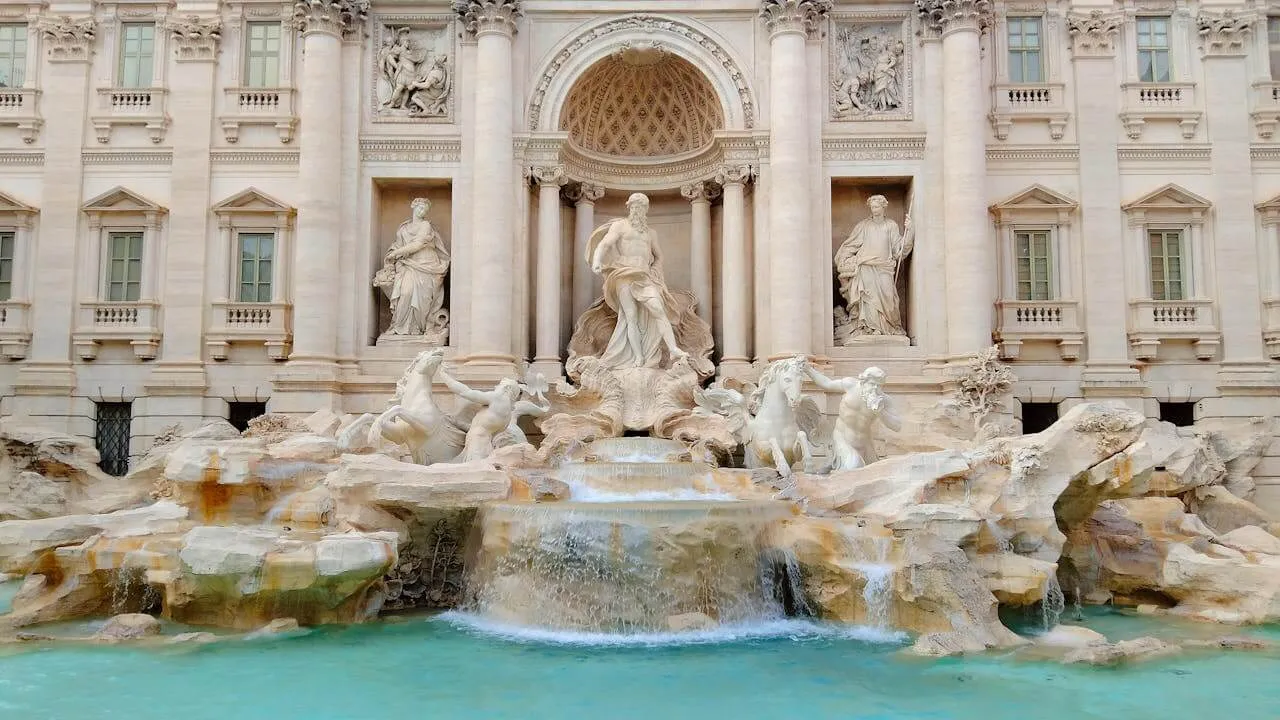
When you think of the Italian language, Italy is likely the first place that comes to mind. However, Italian is spoken in several other countries around the world
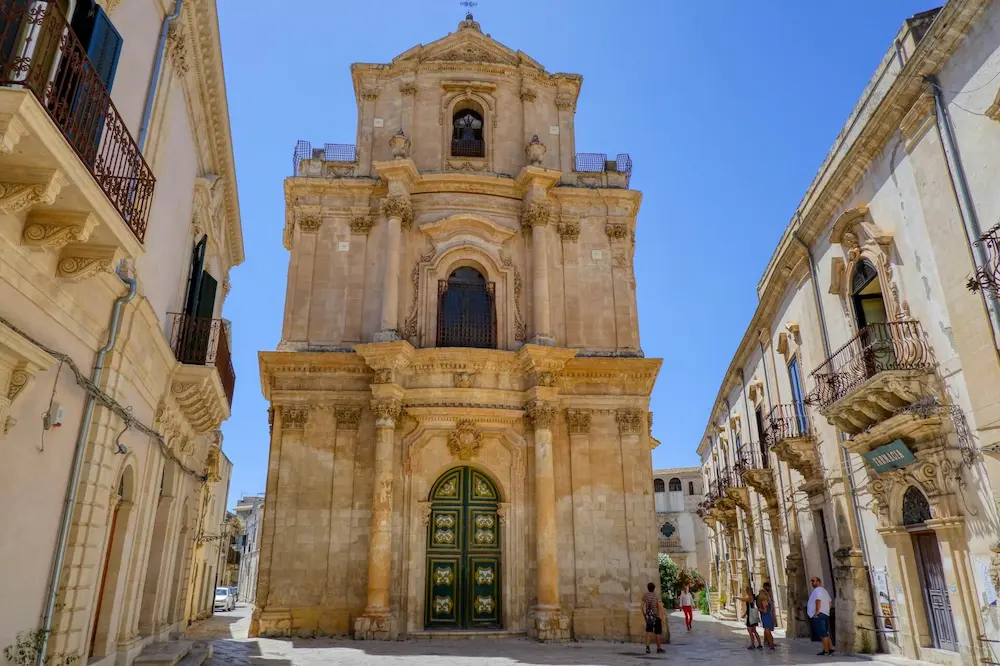
Sicilian is more than just a dialect, it’s a living language that reflects the depth and complexity of Sicily’s rich history
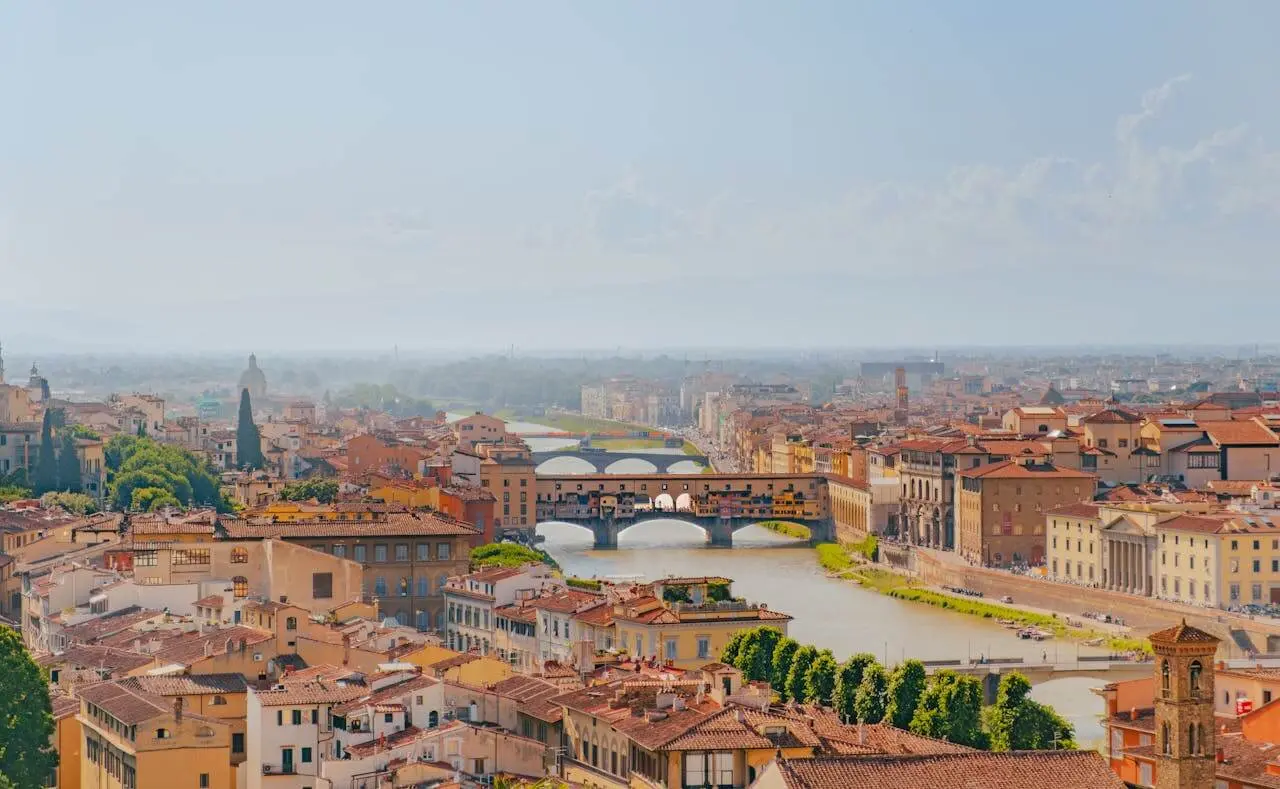
Tuscan is the language of the beautiful region of Tuscany and is not only a dialect but also the language on which modern Italian is based